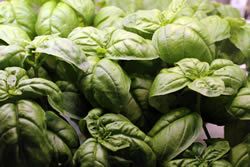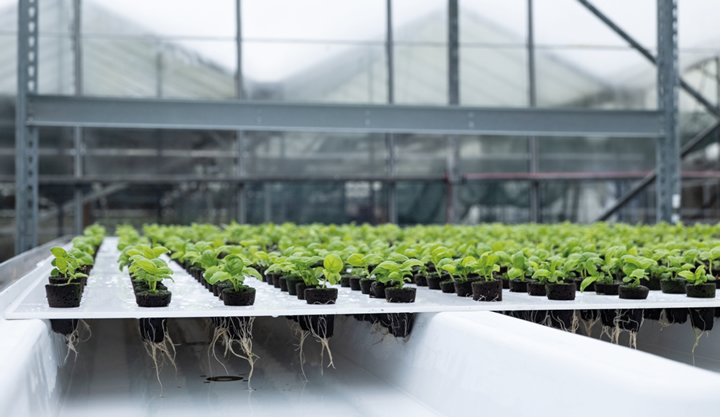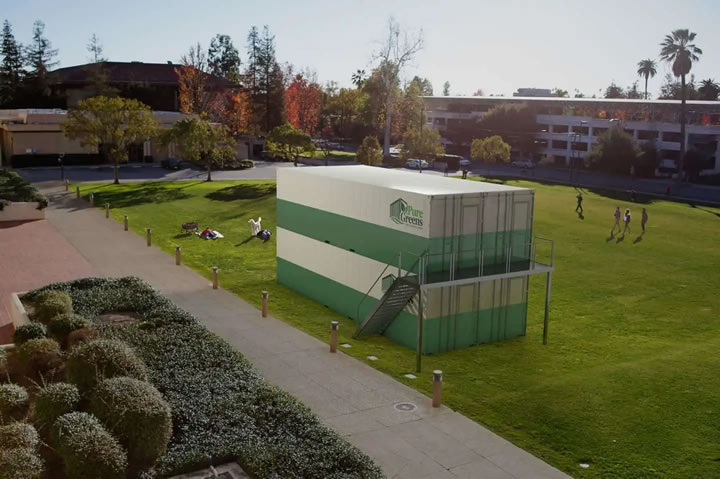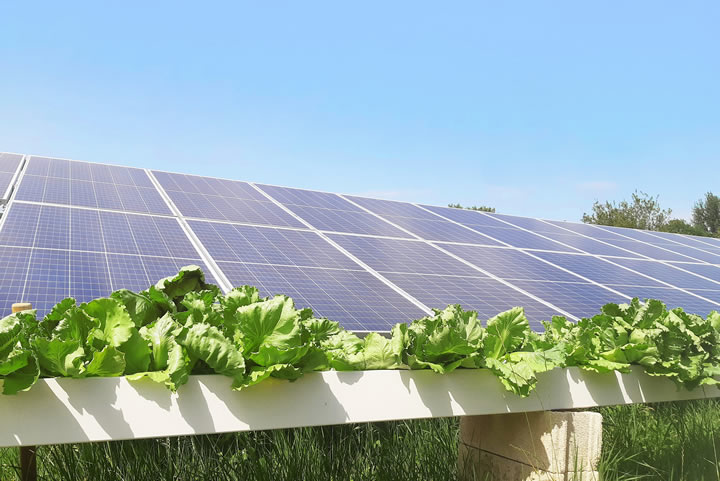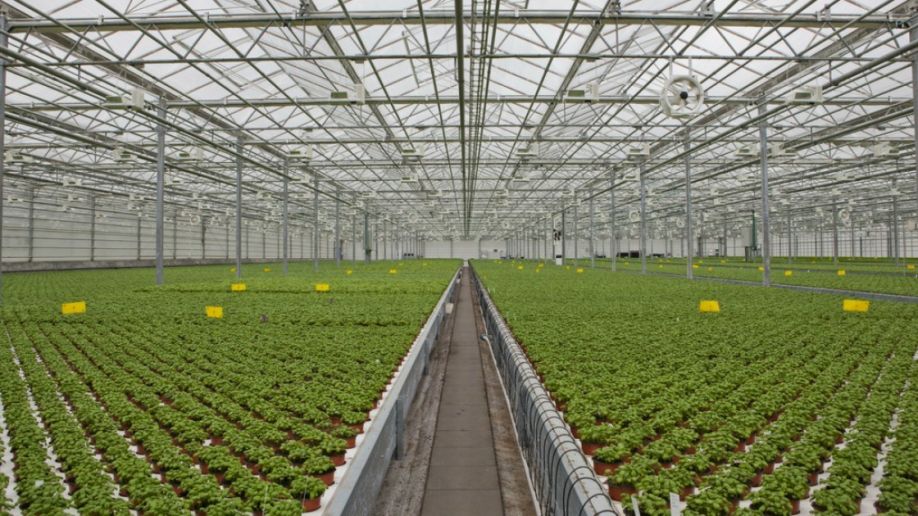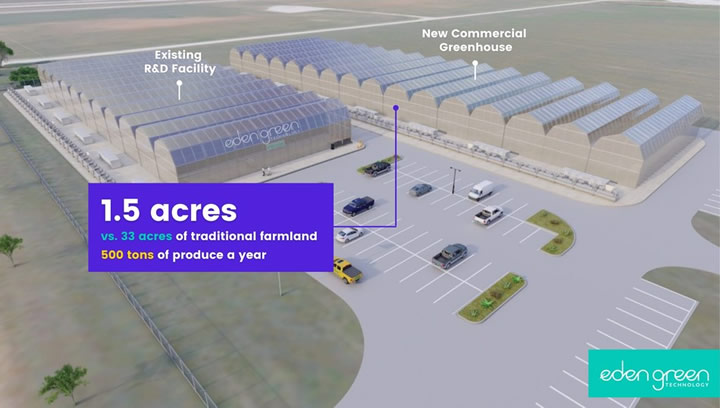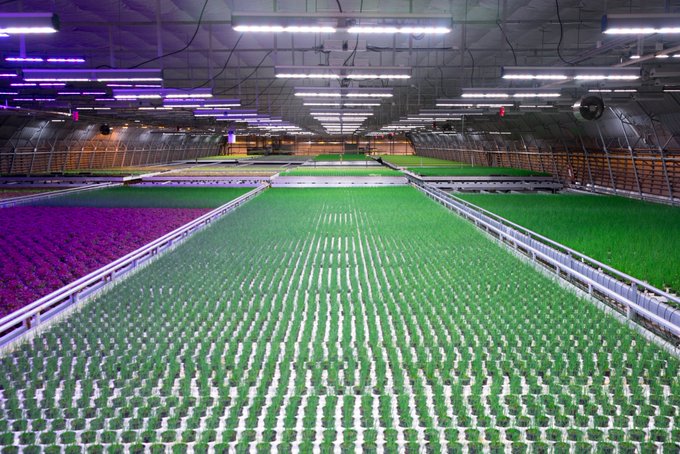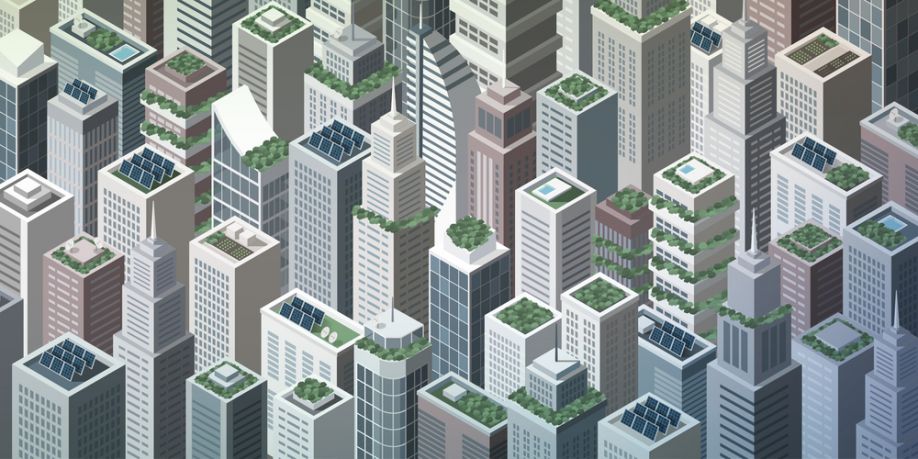How to Prevent Hydroponic Nutrient Lockout
In this blog, we cover the reasons why nutrient lockout occurs, how to identify nutrient lockout conditions, the difference between nutrient lockout and nutrient burn and how to flush grow media when your plants experience nutrient lockout.
Plant Health Monitoring: The 5 Most Important Factors to Check
As a hydroponic grower, plant health monitoring is a crucial aspect of ensuring your plants thrive and produce high yields. In this blog, we'll discuss the key factors to monitor and how to address common plant deficiencies.
Is Indoor Hydroponics a Good Solution for Agricultural Cooperatives?
In this blog, we'll analyze the environment for agricultural cooperatives today, and examine how investments in agricultural technologies like hydroponics can help these organizations meet the evolving challenges of global markets.
Q&A with LettUs Grow Ltd.
Results showed an average uplift in biomass production of 22% for the Aeroponic Rolling Benches, addressing challenges related to resource efficiency and agricultural sustainability.
Benefits of Stackable Hydroponic Containers for Urban Farmers
In this article, we'll examine how stackable container farms can provide space-efficient commercial-level hydroponic production anywhere with a stable power and water hookup.
Hydroponic Broccoli - Seed to Harvest Trials
The research and development team is always on the lookout to try various crops that have yet to be grown in a hydroponic Tower. It was a first for our grow team to trial broccoli in the ZipFarm, so we removed all expectations.
2022 Top Article - How Hydroponic Farming Can Reduce the Cost of Lettuce
Leafy greens are some of the best plants to grow hydroponically, and lettuce is an excellent plant to start out growing hydroponically. Here are some tips and tricks that will help you grow your own lettuce to reduce the growing retail prices.
Q ENERGY France and its partner Aquacosy Inaugurate France's very first Hydrovoltaic Prototype
The hydrovoltaic prototype, with an installed power of 9.3 kW, has been operational since August 2021 and covers an area of 250 m². It is equipped with a hydraulic system with two rainwater collection gutters and a tank with a pump system.
Key Differences Between Aeroponics & Hydroponics
If you're wondering what the differences are between Aeroponics vs. Hydroponics, you're probably not alone. These often misunderstood agricultural practices are set up to be the future of farming, but most people don't know much about them.
Great Western Industrial Park Brings the Future of Agriculture to Northern Colorado
Phase one of the New York-based, indoor farming pioneer's project will house a 150,000 square foot state-of-the-art climate-controlled, high-tech hydroponic greenhouse facility.
Polarity & Nutrient Uptake
Water is a perfect example of a polar molecule. In fact, the polarity of water is what makes it such a good solvent. When salt is added to water it dissolves because the water molecules arrange themselves around the different ions and isolate them.
Flushing Hydroponic Systems: Nutrient Imbalance, Waste, and An Alternative Solution
We recommend that hydroponic growers flush their systems every month to every few months, depending on the type of system they're running. But why? We're also fans of recirculating system because it conserves water and nutrients.
Eden Green Technology Breaks Ground on New Texas Greenhouse, Continues With $12 Million Strategic Expansion
Eden Green Technology's greenhouse modules are more sustainable and scalable than other hydroponic vertical farms, low-tech greenhouse formats, and traditional soil-based farming methods.
Great Northern Hydroponics Projects CA$150,000 in Annual Savings After Fluence LED Implementation
Leading tomato grower in Canada sees significant cost savings with LED technology and heavier fruit weights that drive increased yields
How Hydroponics May Be Essential for Urban Agriculture
Moving farming from vast expanses of land to urban settings sounds like no easy feat. How can enough plants grow to feed large populations in a limited space? Instead of taking down skyscrapers, urban farmers use their vertical nature to their advantage.
Records 1 to 15 of 36
Featured Product
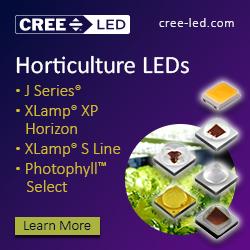
Maximize Growth and Savings with Cree LED's J Series® LEDs
Cree LED's J Series® LEDs offer a versatile range of solutions for horticulture applications, delivering exceptional performance and efficiency. The J Series 2835 3V N Class Color LEDs are available in 15 vibrant colors with industry-leading efficacy, providing tailored lighting options for plant growth. The J Series JR5050C E Class White LEDs boast the highest efficacy among high-power LEDs, enabling up to 40% system cost savings. For additional flexibility, the J Series JR5050B K Class White LEDs offer best-in-class efficacy with 6V and 30V options. The J Series JB3030C E Class White LEDs provide outstanding 3030 efficiency with a typical output of up to 3.33 PPF/W, while maintaining footprint compatibility with the popular 301B/H. Lastly, the J Series JB2835B G Class White LEDs feature the highest efficacy in the 2835 platform, ensuring optimal performance for horticulture lighting systems.



